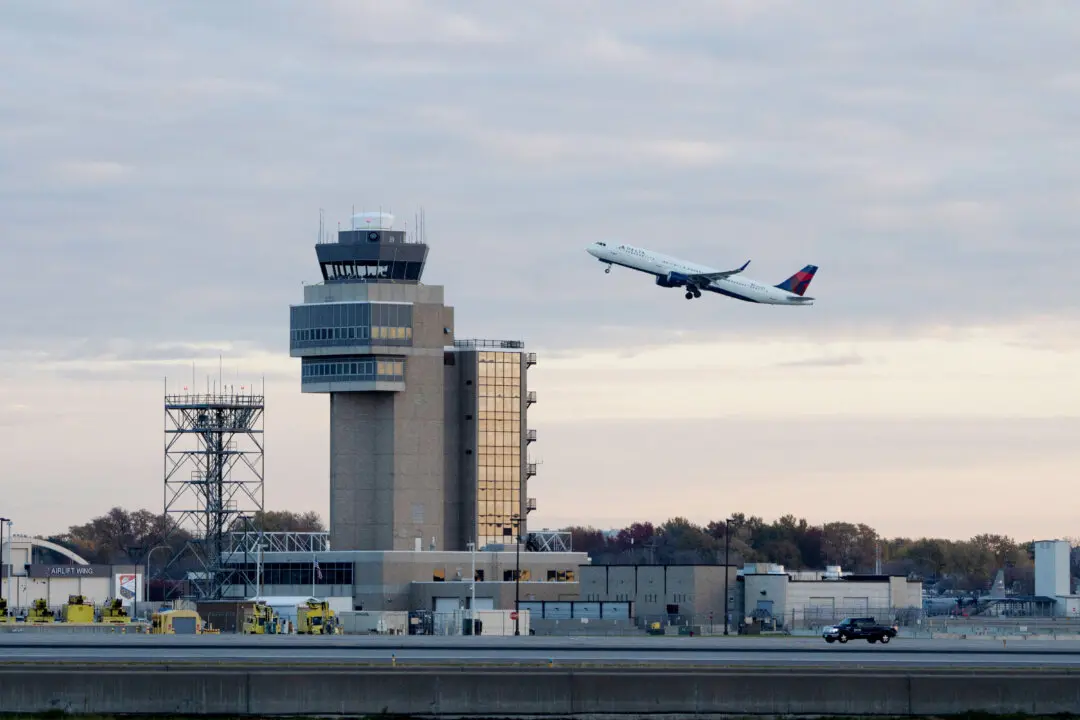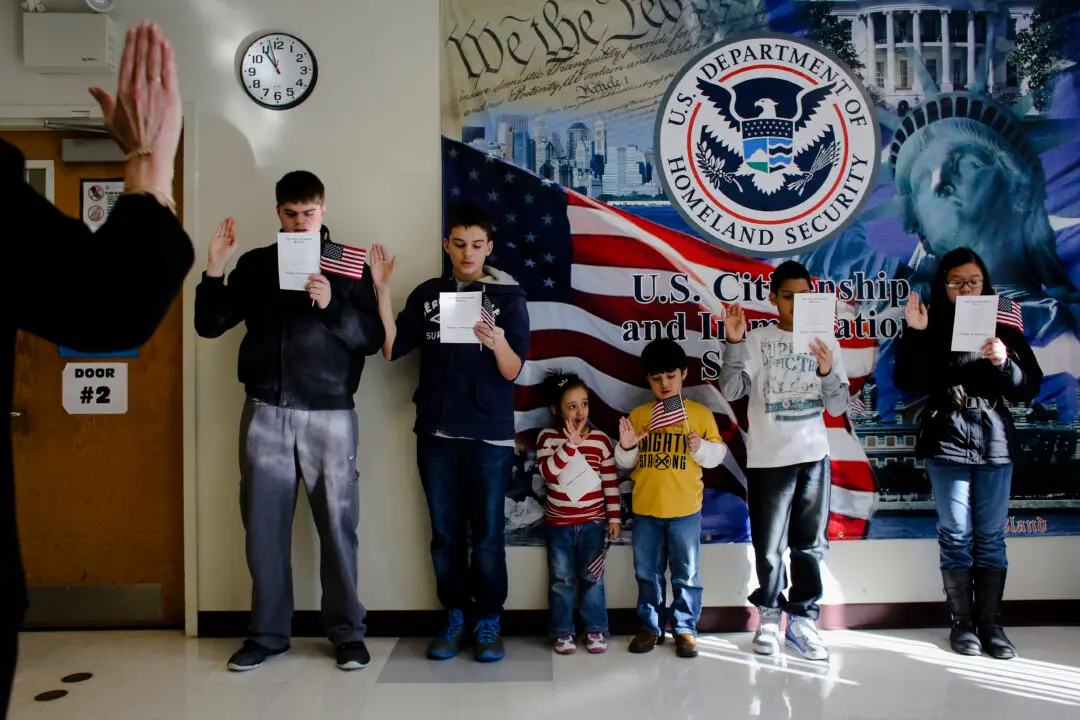The U.S. Department of Agriculture (USDA) has started airdropping millions of rabies vaccine packets in thirteen states, with airplanes and helicopters used for distribution from Maine to Alabama.
One of the main aims of the program is to prevent raccoons from spreading the rabies strain to states where the virus is either not detected or has a low prevalence, said field trial coordinator Jordona Kirby, according to AP. In the 18 states along and near the East Coast, raccoons make up the main rabies reservoir. The vaccine airdrop campaign kicked off this month in parts of northern Maine, West Virginia, southwestern Virginia, and western Pennsylvania.





